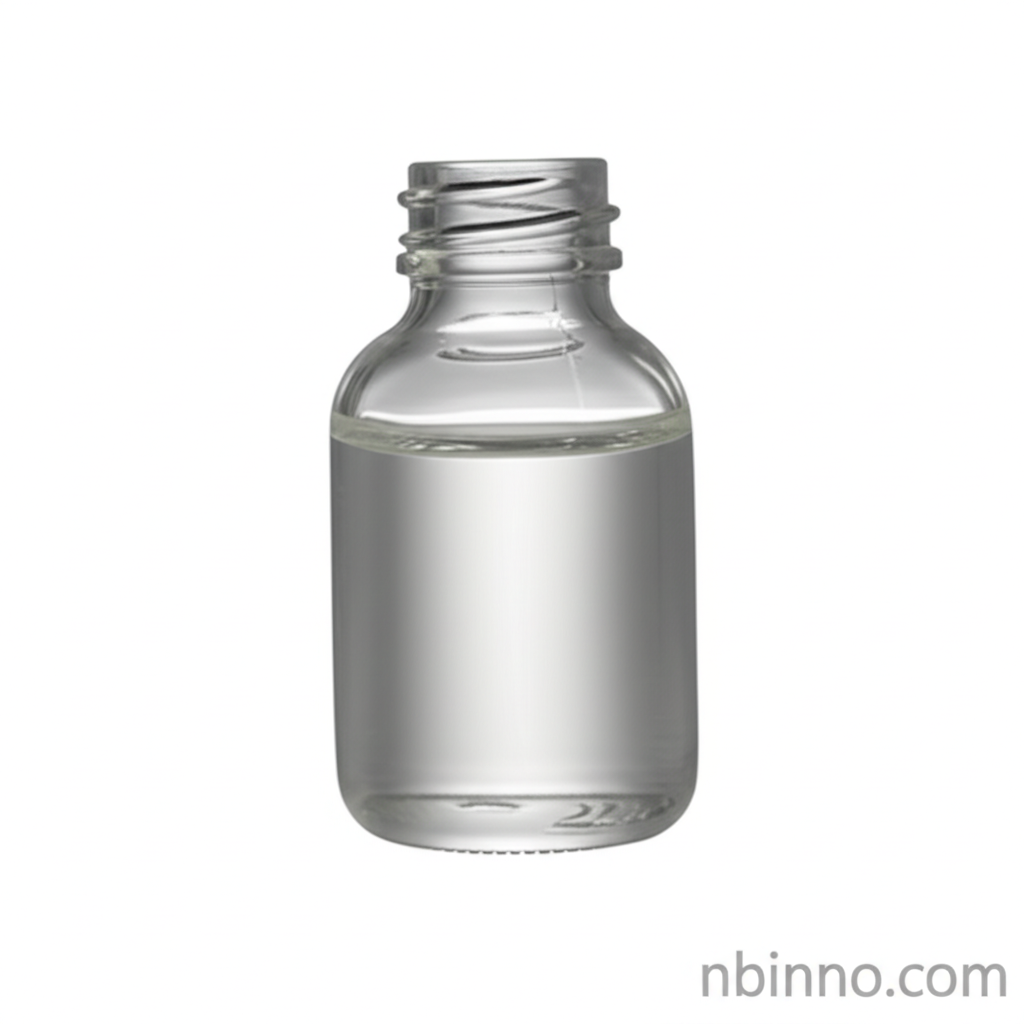Unlock the Potential of 3-(N-Styrylmethyl-2-aminoethylamino)-propyltrimethoxysilane Hydrochloride
Explore the key properties and versatile applications of this vital chemical intermediate.
Get a Quote & SampleProduct Core Value

3-(N-Styrylmethyl-2-aminoethylamino)-propyltrimethoxysilane Hydrochloride
This advanced chemical compound, identified by CAS 34937-00-3, serves as a crucial pharmaceutical intermediate and a high-performance coupling agent. Its unique structure allows for effective bonding between organic and inorganic materials, enhancing the properties of various composite materials and formulations.
- Leverage the power of 34937-00-3 chemical intermediate in your complex synthesis projects. This product offers excellent purity, making it ideal for demanding applications.
- Explore the diverse 3-(N-Styrylmethyl-2-aminoethylamino)-propyltrimethoxysilane hydrochloride uses across industries, from pharmaceuticals to advanced materials.
- Benefit from the precise properties of propyltrimethoxysilane hydrochloride, including its liquid form and high assay, ensuring consistent performance.
- Understand the critical role of this compound as a pharmaceutical intermediate, aiding in the development of new therapeutic agents.
Key Advantages
Enhanced Material Properties
As a coupling agent, it significantly improves the mechanical strength and adhesion of composite materials, a key aspect for many applications as detailed in 3-(N-Styrylmethyl-2-aminoethylamino)-propyltrimethoxysilane hydrochloride uses.
Pharmaceutical Synthesis
Its role as a 34937-00-3 chemical intermediate is vital for the pharmaceutical industry, facilitating the creation of new drug compounds and improving synthesis efficiency.
Versatile Application Scope
From coatings and inks to adhesives and sealants, this compound demonstrates broad utility, showcasing the wide range of its properties.
Key Applications
Pharmaceutical Intermediates
This product is essential as a pharmaceutical intermediate, supporting the complex synthesis pathways required in drug discovery and development.
Glass Fiber Treatment
When used as a surface treatment agent for glass fiber in plastic laminates, it dramatically boosts product strength, aligning with the benefits sought when considering styrylmethyl aminoethylamino silane hydrochloride synthesis.
Thermoplastic Composites
It acts as a coupling agent for siliceous mineral fillers and fibers in thermoplastic materials like PP and nylon, enhancing their mechanical performance.
Coatings and Adhesives
Incorporated into paints, coatings, inks, adhesives, and sealants, it improves adhesion and water resistance, crucial for long-lasting performance.
